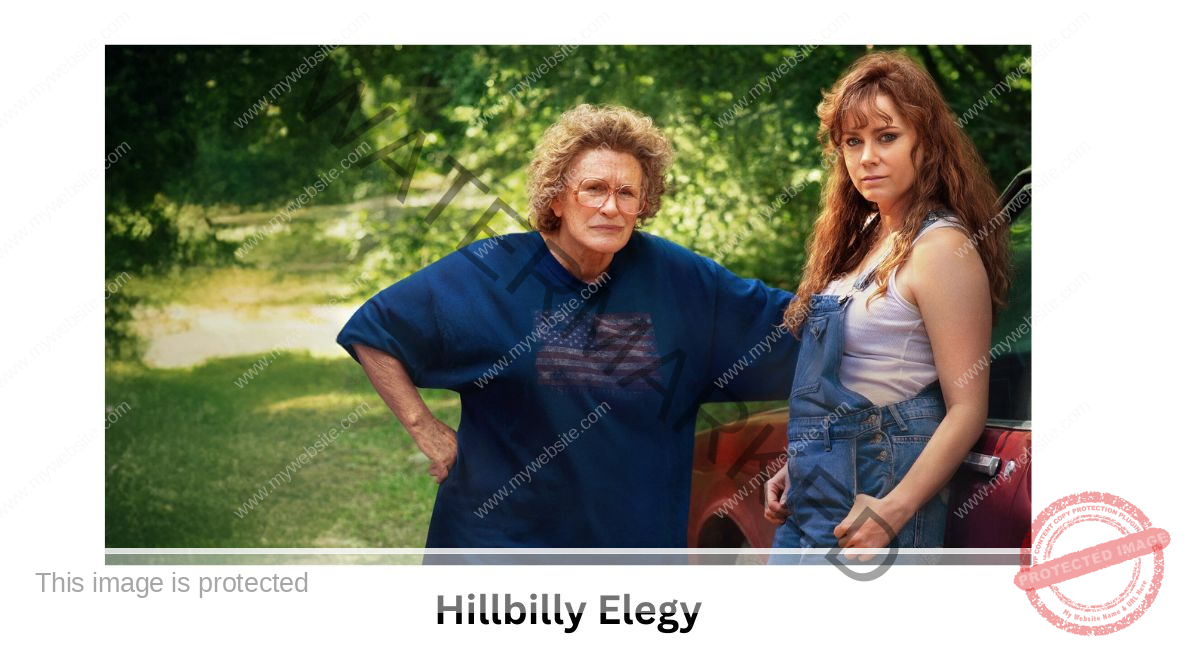Introduction: Understanding Hillbilly Elegy
Hillbilly Elegy by J.D. Vance is more than just a personal story; it is a reflection of a fading American dream for a large portion of the population. Released in 2016, this memoir quickly became a bestseller and sparked national debates about class, family, addiction, and the struggles of the white working class in America’s Rust Belt. It’s a book that dives into generational poverty, cultural identity, and the social challenges faced by Appalachian communities.
This article will explore the core of Hillbilly Elegy, examining its story, major themes, cultural relevance, and its broader impact on society and politics. Whether you’ve read the book, watched the Netflix adaptation, or are simply curious, this detailed overview will offer valuable insights.
| Attribute | Details |
|---|---|
| Full Name | James David Vance |
| Date of Birth | August 2, 1984 |
| Birthplace | Middletown, Ohio, United States |
| Nationality | American |
| Profession | Author, Lawyer, Venture Capitalist, Politician |
| Famous Work | Hillbilly Elegy: A Memoir of a Family and Culture in Crisis |
| Education | Yale Law School, Ohio State University |
| Political Affiliation | Republican |
| Spouse | Usha Vance |
| Notable Positions | U.S. Senator from Ohio (elected 2022) |
| Known For | Personal memoir highlighting Appalachian and Rust Belt issues |
| Other Interests | Venture Capital, Public Policy, Cultural Analysis |
The Story of Hillbilly Elegy
Hillbilly Elegy: A Memoir of a Family and Culture in Crisis recounts J.D. Vance’s life growing up in a poor Rust Belt town in Ohio, within a family with deep roots in the Appalachian region of Kentucky. The memoir follows Vance’s turbulent childhood, marked by his mother’s struggle with addiction, family instability, and cycles of domestic violence.
Raised primarily by his tough, loving grandmother, Mamaw, Vance manages to escape his difficult environment through sheer determination, eventually joining the Marines, attending Ohio State University, and later graduating from Yale Law School.
Vance’s story is not just about personal triumph; it paints a broader picture of the economic decline and cultural disintegration that affects many working-class communities. It’s a personal lens through which readers can better understand the societal issues often overlooked in mainstream narratives.
Also read : Malia Manocherian: A Journey of Passion, Purpose, and Impact
Key Themes in Hillbilly Elegy
1. Family and Generational Struggles
Family plays a central role in Hillbilly Elegy. Vance’s complex relationship with his mother, who battles addiction, and the steady support from his grandparents, particularly Mamaw, shape his life’s trajectory. The memoir explores how cycles of abuse, poverty, and dysfunction are passed from one generation to the next.
2. Cultural Identity
The book provides an intimate look at “hillbilly” culture, often characterized by strong family ties, loyalty, and pride, but also marred by self-destructive behaviors, a resistance to change, and skepticism toward institutions. Vance highlights both the resilience and the challenges of this cultural identity.
3. Addiction and Its Ripple Effects
Addiction is a recurring theme in Vance’s story. His mother’s drug dependence and the resulting instability show the devastating impact substance abuse can have on individuals and families. The book humanizes these struggles, helping readers see beyond stereotypes.
4. Social Mobility and the American Dream
Vance’s journey from poverty to success is a modern take on the American Dream. However, Hillbilly Elegy questions whether that dream is still attainable for many. Vance emphasizes the importance of personal responsibility while also critiquing systemic issues that trap people in cycles of poverty.
5. Economic Decline
The memoir paints a vivid picture of post-industrial America. Factories closing, jobs disappearing, and communities falling into despair are core elements of the narrative. This economic backdrop is crucial to understanding the struggles of Vance’s community.
Why Hillbilly Elegy Resonated
The release of Hillbilly Elegy coincided with a time of significant political and social division in America. Many readers saw Vance’s story as a key to understanding the frustrations and disillusionment of the white working class, a demographic that played a pivotal role in the 2016 U.S. presidential election.
The book’s raw honesty, combined with Vance’s unique perspective as someone who lived this experience and later entered elite circles, struck a chord with readers from all backgrounds. It offered a human face to a group often portrayed with broad generalizations.
The Netflix Adaptation
In 2020, Hillbilly Elegy was adapted into a film directed by Ron Howard, starring Amy Adams as Bev Vance (J.D.’s mother) and Glenn Close as Mamaw. The movie received mixed reviews but was praised for its powerful performances, especially by Glenn Close.
While the film condensed and dramatized parts of the memoir, it brought the story to a wider audience and renewed discussions about the challenges faced by Appalachian and Rust Belt communities.
Criticisms of Hillbilly Elegy
Although widely popular, Hillbilly Elegy faced its share of criticism. Some scholars and Appalachian advocates argue that Vance’s depiction reinforces harmful stereotypes about poor white communities, portraying them as largely responsible for their own struggles without adequately addressing systemic issues like lack of access to healthcare, quality education, and job opportunities.
Others have questioned Vance’s emphasis on individual responsibility, suggesting that his story, while inspiring, is not easily replicable for most people in similar circumstances. Critics argue that focusing too heavily on personal choices can obscure the role of larger societal and economic forces.
Despite these debates, Hillbilly Elegy has undeniably sparked important conversations about poverty, class, and cultural divides in America.
Lessons from Hillbilly Elegy
-
The Power of Resilience
Vance’s story is a testament to the impact of resilience and determination. Despite facing overwhelming odds, he built a better life for himself, largely due to the support of his grandmother and his own hard work. -
The Complexity of Poverty
The memoir shows that poverty is not just an economic issue but is tied to cultural, emotional, and psychological factors. Escaping poverty often requires more than just financial opportunity—it requires breaking deeply ingrained cycles. -
Family Matters
Even amidst dysfunction, the bonds of family can be life-changing. Mamaw’s belief in Vance gave him the strength to persevere when his environment might have otherwise consumed him. -
Understanding Different Perspectives
Hillbilly Elegy encourages readers to look beyond media stereotypes and try to understand the lived experiences of those in struggling communities. Compassion and empathy are essential to bridging societal divides.
The Ongoing Relevance of Hillbilly Elegy
Nearly a decade after its publication, Hillbilly Elegy remains highly relevant. The issues it highlights—economic hardship, the opioid crisis, social alienation—continue to affect millions across America. The memoir continues to spark discussions about class, race, opportunity, and what it means to achieve the American Dream.
Whether one agrees with Vance’s conclusions or not, the book is a valuable entry point for anyone seeking to understand the cultural and social dynamics of the Appalachian region and the broader Rust Belt.
Conclusion
Hillbilly Elegy is more than just a personal story—it’s a lens through which we can better understand a segment of American society that is often overlooked. Through J.D. Vance’s honest and unfiltered account, readers can grasp the deep challenges faced by many working-class families, the resilience required to overcome them, and the complicated blend of personal choices and systemic barriers that shape people’s lives.















